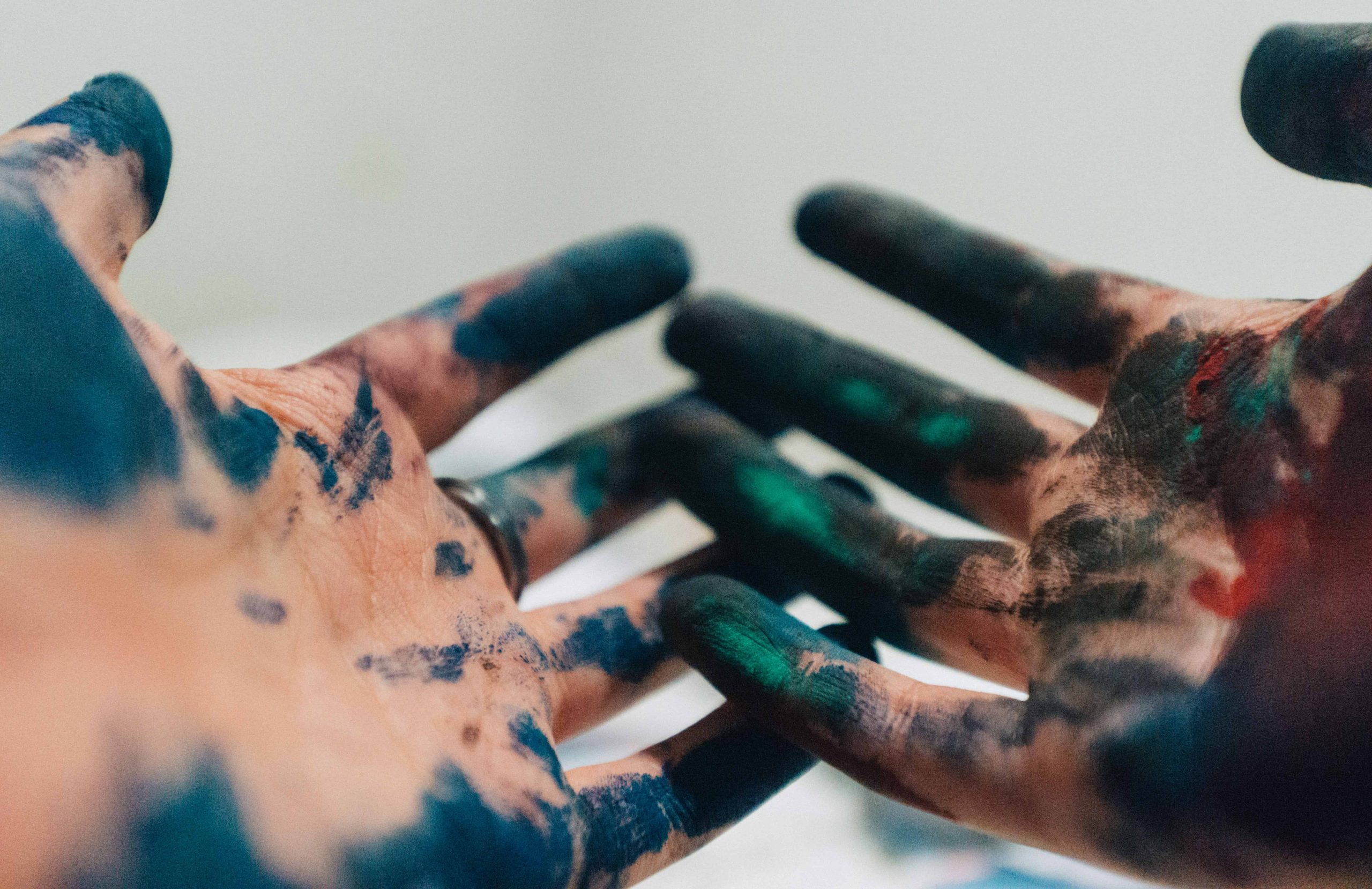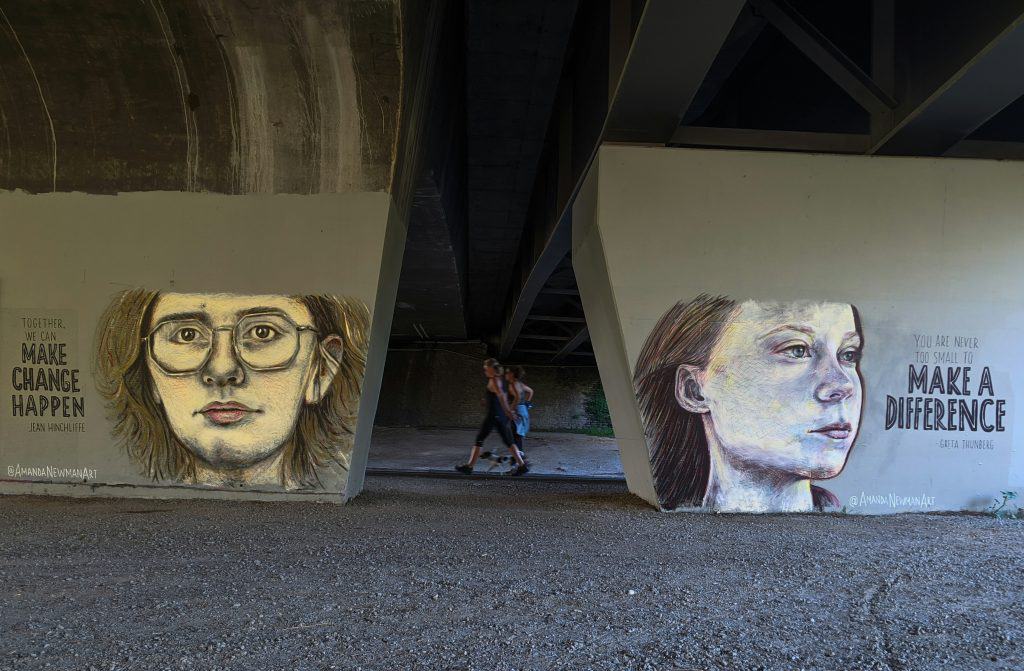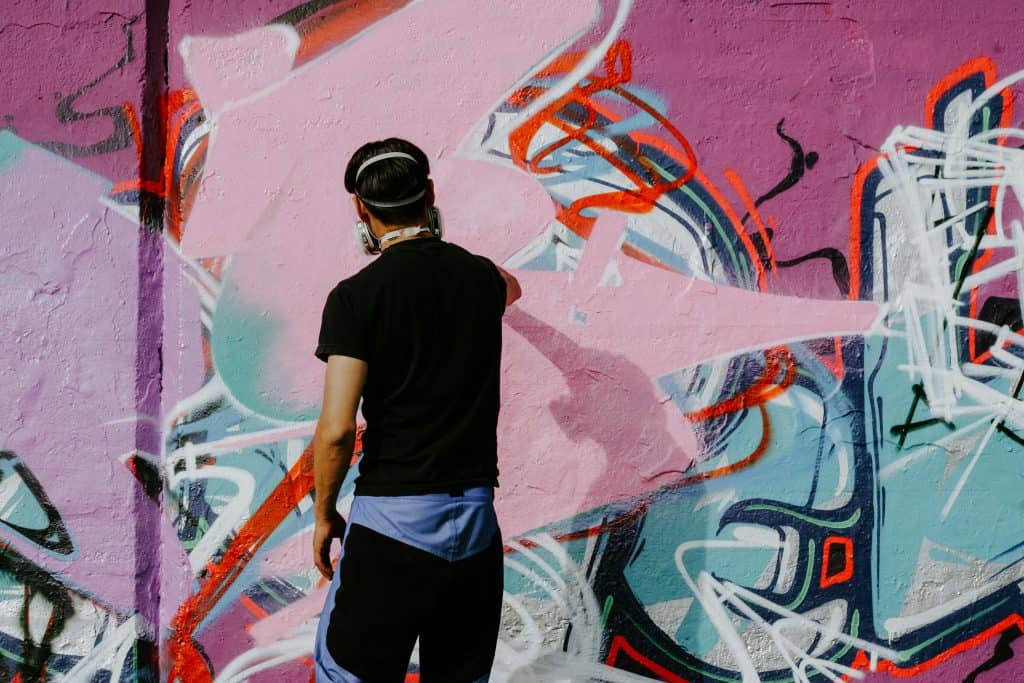
03 Apr Artistic Responses to Global Crises
Global crises loom large, affecting individuals, communities, and nations alike. From environmental degradation to social injustice, from economic instability to health emergencies, the challenges we face are manifold and complex. In the face of such adversity, artists have often emerged as beacons of hope, channeling their creativity to respond to these crises, reflect upon them, and inspire change. Global crises, whether they stem from environmental, political, social, or health-related issues, profoundly impact our lives and the world around us. They disrupt our sense of stability, challenge our beliefs, and compel us to confront uncomfortable truths. In such times of uncertainty, art emerges as a powerful means of expression and response. Artists across generations and cultures have utilized their creative talents to confront the pressing issues of their time. Through various forms of artistic expression, they offer insights, provoke reflection, and compel action. Art serves not only as a mirror to society but also as a catalyst for change.
Diverse Forms of Artistic Responses
In times of global crises, the human spirit often finds solace and expression through various forms of art. Artists, whether painters, filmmakers, performers, or graffiti artists, offer unique perspectives and modes of engagement that resonate deeply with audiences worldwide. Painters capture the complexities of the human experience on canvases, using colors and shapes to evoke emotions and spark introspection. Filmmakers weave narratives that reflect societal struggles, offering viewers a lens through which to explore and understand pressing issues. Performers take to stages, using music, dance, and theater to convey messages of hope, resilience, and unity in the face of adversity. Meanwhile, graffiti artists claim public spaces as their canvas, turning city walls into vibrant reflections of social commentary and dissent. Across these diverse mediums, artists serve as beacons of creativity and insight, inspiring dialogue, fostering empathy, and prompting action in the pursuit of collective healing and transformation. As the world navigates through turbulent times, the power of artistic expression continues to illuminate paths toward understanding, resilience, and renewal.
Functions of Artistic Responses

Photo by Lauris Rozentals
Raising awareness and sparking dialogue
Art possesses the transformative ability to cast a spotlight on often-overlooked issues and catalyze discussions that propel social change forward. Through a myriad of mediums, such as visual narratives, performances, and installations, artists wield their creativity to draw attention to the most urgent challenges facing society. Their works serve as beacons, illuminating issues that may have remained in the shadows, thus igniting conversations that are crucial for progress.
Expressing emotions and fostering empathy
In times of adversity and turmoil, art emerges as a powerful vehicle for articulating intricate emotions and nurturing empathy within communities. Through the evocative language of imagery, music, and storytelling, artists weave narratives that humanize the experiences of those grappling with hardship. By inviting audiences to immerse themselves in these narratives, art transcends barriers and fosters a profound sense of empathy, encouraging individuals to empathize with the struggles of others on a deeply emotional level.
Challenging perspectives and prompting action
Art catalyzes transformation by challenging prevailing norms and prompting critical reflection among its audience. Through the use of subversive imagery, satire, and symbolism, artists disrupt conventional thinking, compelling viewers to reevaluate their perspectives. By presenting alternative viewpoints and raising uncomfortable truths, art inspires individuals to take tangible steps toward effecting positive change in their communities and beyond. In doing so, art becomes a powerful tool for galvanizing action and fostering a more inclusive and equitable society.

Photo by Mitchell Luo
Impact and Challenges
Artistic responses to global crises wield a profound impact, transcending boundaries and inspiring transformative change across societies. Through their creative endeavors, artists illuminate the human experience, provoke thought, and galvanize action in the face of adversity. Their works serve as potent catalysts for social consciousness, sparking dialogue, fostering empathy, and challenging entrenched perspectives. However, navigating the terrain of artistic responses to global crises is fraught with challenges. Artists frequently find themselves contending with issues of censorship, as authorities seek to suppress dissenting voices and control the narrative surrounding crises. Additionally, the commercialization of art presents a formidable obstacle, often overshadowing the intrinsic value of creative expression with profit-driven motives.
Moreover, artists may face political backlash for their provocative works, encountering resistance from powerful interests unwilling to confront uncomfortable truths. The very act of measuring the tangible impact of artistic interventions poses a daunting challenge, as the transformative effects of art are inherently nuanced and multifaceted. Despite these obstacles, artists persist in their mission to effect positive change, leveraging their creativity to confront injustice, amplify marginalized voices, and inspire collective action in pursuit of a more just and equitable world.

Photo by Claudio Schwarz
Conclusion
In times of crisis, art emerges as a beacon of resilience, offering solace, inspiration, and a call to action. Through diverse forms of expression, artists across generations continue to respond to global challenges with creativity, courage, and conviction. As we navigate the complexities of our world, let us heed the transformative power of art, recognizing its ongoing significance in fostering understanding, promoting dialogue, and inspiring change across generations.
Key Takeaways
- Artistic responses to global crises encompass diverse mediums, including painting, sculpture, music, film, and performance art.
- Art serves multiple functions, including raising awareness, fostering empathy, and challenging perspectives.
- Despite its impact, artists face challenges such as censorship and commercialization in their efforts to effect meaningful change.
FAQs
How do artistic responses contribute to raising awareness of global crises?
Artistic responses often capture the attention of audiences through powerful imagery, storytelling, and symbolism, shedding light on overlooked issues and sparking dialogue.
Can art inspire action and social change?
Yes, art has the potential to inspire action by challenging perceptions, fostering empathy, and compelling individuals to confront pressing issues and take meaningful steps toward change.
What are some common challenges faced by artists in responding to global crises?
Artists often face challenges such as censorship, commercialization, and political backlash, which can hinder their ability to create impactful work and navigate complex issues effectively.
How can individuals support artists who are responding to global crises through their work?
Individuals can support artists by engaging with their work, amplifying their voices, and advocating for policies that promote artistic freedom and social justice. Additionally, supporting local arts organizations and initiatives can help sustain creative communities in times of crisis.
Harnessing “Art Promotion through Community Projects” and initiatives as powerful platforms for promoting art, fostering collaboration, and engaging diverse audiences in creative endeavors.

